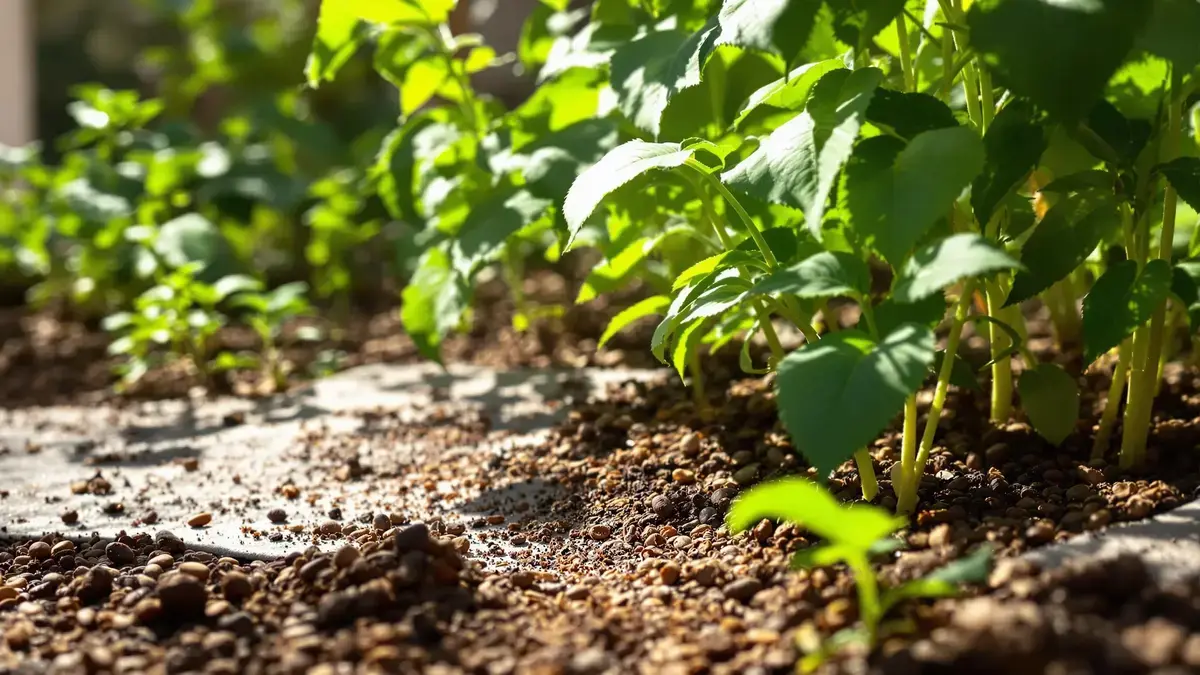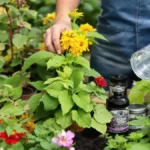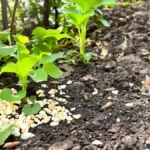Coffee grounds have proven to be an effective natural repellent against various pests. Thanks to the presence of polyphenols, particularly chlorogenic acid, they emit a strong odor that keeps away ants, aphids, mosquitos, and other nuisances such as scale insects and slugs. Easy to use, simply spread the grounds in a thin layer around plants to create a protective barrier.
The essence of the information
- Use coffee grounds as a natural repellent against various pests.
- Contains polyphenols that create a strong odor to repel ants, aphids, mosquitos, and others.
- Rich in nutrients, good for compost, be mindful of the amount.
- Use only on mature plants and renew after rain.
Using Coffee Grounds to Repel Pests
Coffee grounds stand out as an excellent natural repellent against various pests. Indeed, their effectiveness is remarkable due to their specific properties that not only help keep unwanted visitors at bay but also provide gardening benefits. By integrating coffee grounds into your gardening routine, you can protect your plants while nourishing them.
The Components of Coffee Grounds
Coffee grounds contain polyphenols, particularly chlorogenic acid, which produces a strong odor. This odor, while often pleasant for humans, is particularly repellent to many insects. Thus, ants, aphids, mosquitos, carrot flies, scale insects, and gastropods such as slugs and snails are all sensitive to this natural method of protection.
Application of Coffee Grounds
To benefit from coffee grounds, it’s important to spread them in a thin layer so that they can dry before use. Once dry, they can be applied in small amounts around the plants. This method creates a protective barrier that deters pests from approaching while preserving the health of the plants.
The Benefits for the Soil
In addition to its role as a repellent, coffee grounds are rich in nitrogen, phosphorus, potassium, magnesium, and copper, making them an excellent additive for compost. However, it’s crucial not to exceed 20% coffee grounds in the compost, as too much can lead to excessive acidity, thus harming the balance of the mix. This point is essential for anyone looking to maintain effective and balanced compost.
Regular Maintenance and Precautions
To ensure the effectiveness of coffee grounds as a repellent, it is advisable to renew the application regularly, especially after rainy spells that could wash away the odor. It is also important to note that this natural product is safe for health and the environment, making it a secure alternative to chemical pesticides. However, a fundamental point to consider is that coffee grounds should only be used on mature plants, as applying them to young seedlings can be harmful.
Summary of Uses
In summary, using coffee grounds as a natural repellent is not only effective but also beneficial for gardening. There is no need to mix this product with other substances like vinegar or baking soda to enhance its effectiveness. With these few tips, you can make the most of this common product and enjoy a thriving garden that is protected from pests.
















